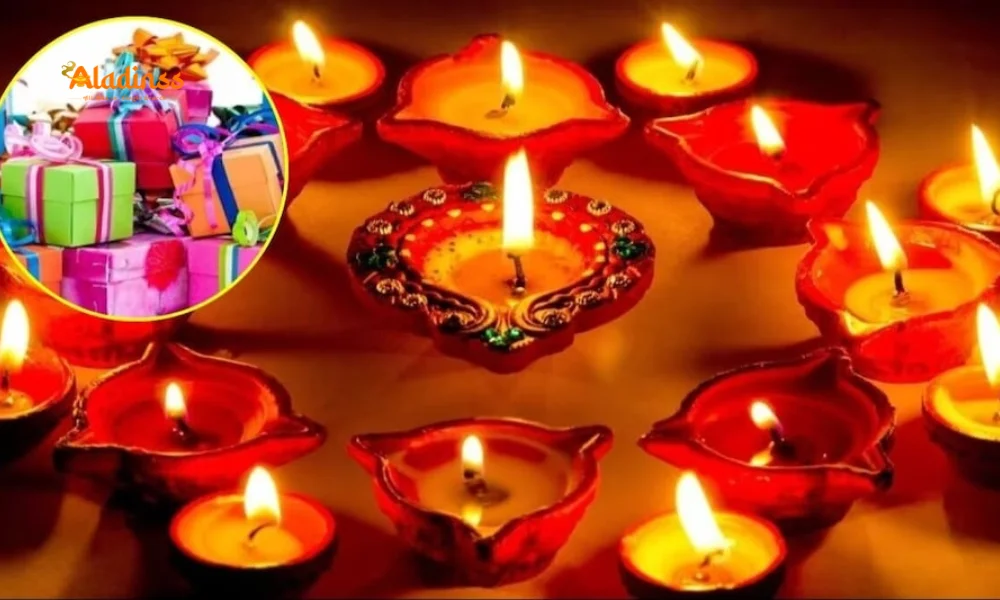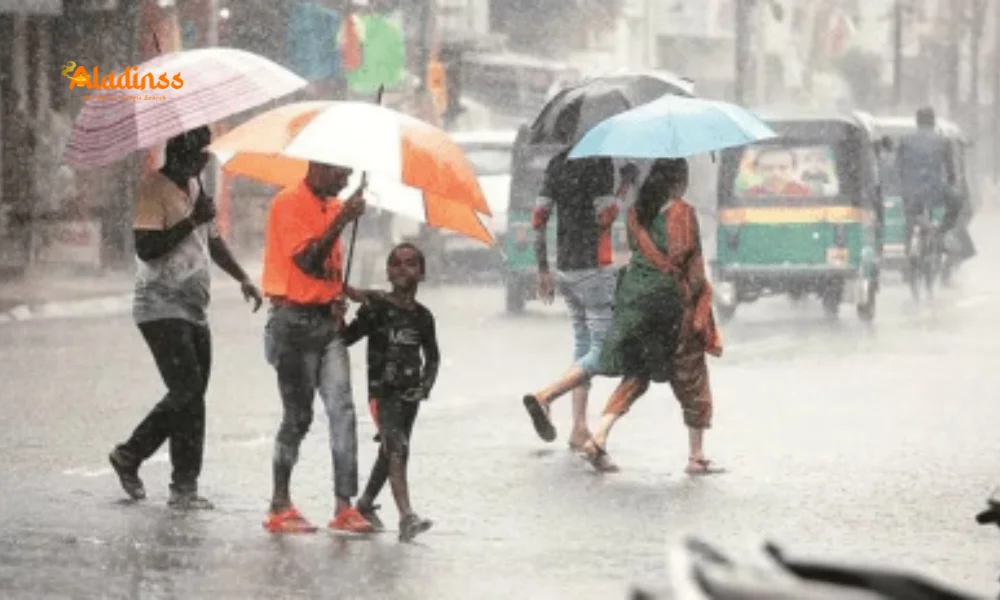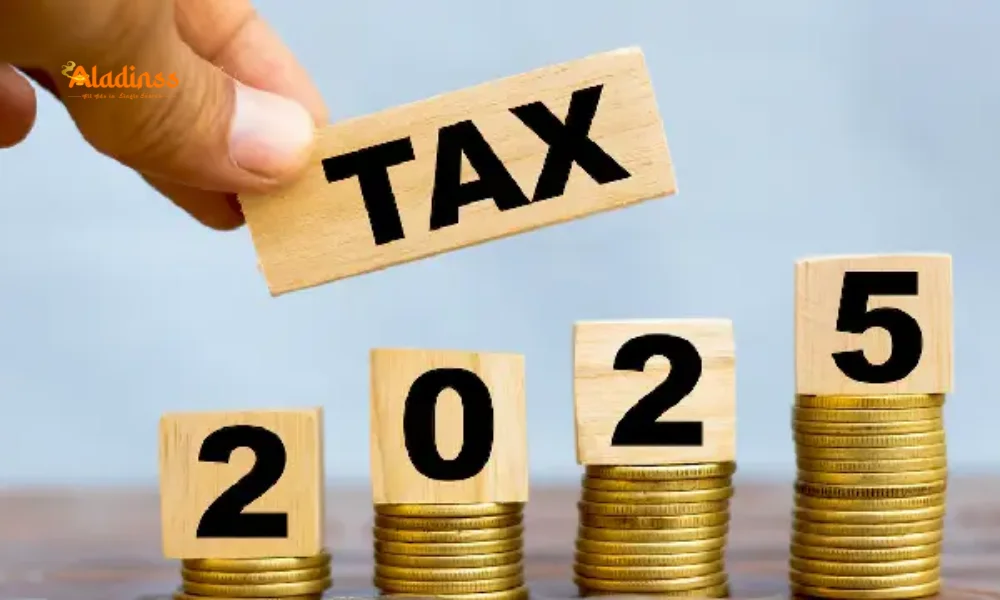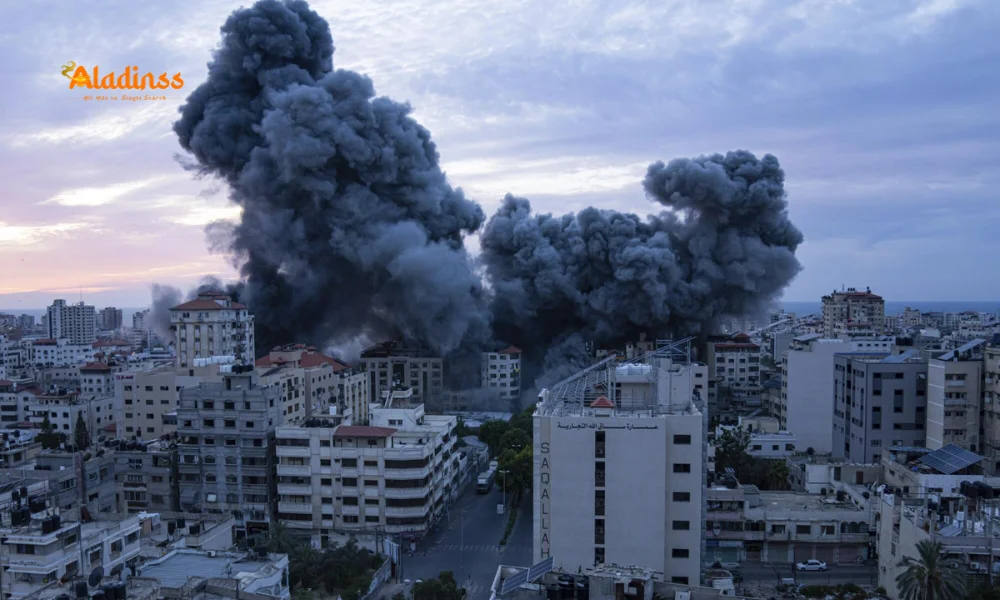Kolkata Rain: 3 Dead, Streets Flooded in Heavy Downpour
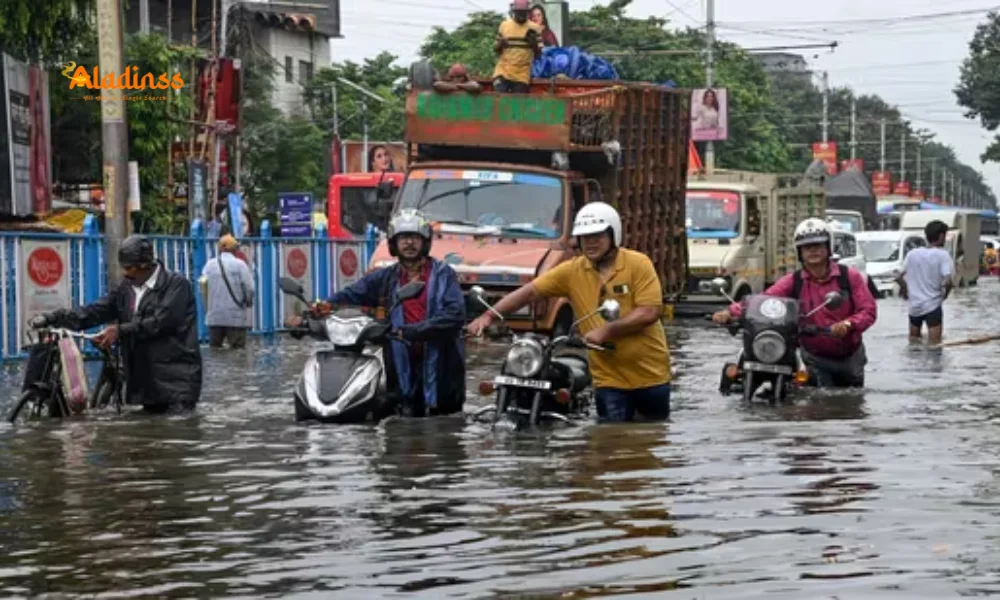
Kolkata Rain Havoc: 3 Dead as Heavy Downpour Floods Streets, Disrupts Traffic
Kolkata is grappling with the aftermath of relentless rain that pounded the city overnight on September 22-23, 2025, claiming three lives due to electrocution and causing widespread waterlogging. The latest weather report from the India Meteorological Department (IMD) attributes this kolkata rain to a low-pressure system over the Bay of Bengal, with areas like Garia Kamdahari recording 332 mm of rainfall. The kolkata rain forecast predicts more showers, threatening further disruption as the city prepares for Durga Puja. Flooded streets, halted metro services, and inundated homes have left residents seeking answers about weather conditions and safety measures.

Background: Why Kolkata Faces Recurrent Rain-Induced Chaos
The weather in Kolkata took a dramatic turn as a low-pressure area over the northeast Bay of Bengal intensified, leading to torrential rain on September 22, 2025. According to the Kolkata Municipal Corporation (KMC), Garia Kamdahari saw an unprecedented 332 mm of rainfall in a few hours, with Jodhpur Park (285 mm), Kalighat (280 mm), Topsia (275 mm), Ballygunge (264 mm), and Thantania (195 mm) also bearing the brunt. This deluge, described by locals as a near-cloudburst, overwhelmed the city’s drainage systems, which have long struggled to cope with heavy kolkata rain.
Kolkata’s susceptibility to flooding stems from its low-lying geography and outdated infrastructure. Past incidents, like the 2020 Cyclone Amphan flooding, exposed similar vulnerabilities, yet civic improvements have lagged. The timing of this rain is particularly disruptive, coming just before Durga Puja, when the city is typically alive with festival preparations. The weather report highlights that such intense rainfall events are becoming more frequent, raising questions about urban planning and resilience in the face of climate change-driven weather patterns.
Latest Update: Tragic Losses and Citywide Disruptions
The kolkata rain claimed three lives through electrocution, with one identified victim, 60-year-old Jitendra Singh, who was fatally shocked on Hossain Shah Road at around 5:15 AM on September 23, 2025. Despite being rushed to SSKM Hospital, he was declared dead. The identities of the other two victims remain undisclosed, pending further investigation, as confirmed by a Lalbazar Police Control official. These tragic incidents underscore the dangers of waterlogged streets, where exposed electrical wires pose lethal risks.
The weather also crippled Kolkata’s infrastructure. Significant waterlogging was reported across central and southern areas, with roads in Jodhpur Park, Ballygunge, and Topsia submerged, causing severe traffic snarls. Metro Railway Kolkata suspended services on the Blue Line between Shahid Khudiram and Maidan stations, particularly affecting the Mahanayak Uttam Kumar to Rabindra Sarobar stretch, prioritizing passenger safety. The KMC has deployed pumps to drain water, but residents in low-lying areas report water entering homes, damaging property and disrupting daily life.
Social Reactions: Residents Voice Frustration and Fear
The kolkata rain forecast and its fallout have sparked a wave of reactions on social media platforms like X, where residents are sharing images of flooded streets and stalled vehicles. Hashtags such as #KolkataRains and #WeatherReport are trending, with users expressing frustration over recurring waterlogging. One X post read, “Every monsoon, it’s the same story—kolkata rain turns our city into a lake. When will the drainage system be fixed?” Others mourned the loss of lives, with posts calling for stricter safety measures around electrical infrastructure during heavy rain.
Despite the chaos, some residents are finding silver linings, sharing videos of children playing in puddles and praising the cooler weather as a respite from Kolkata’s humidity. Local businesses, however, are reeling, with shopkeepers in flooded markets like Gariahat reporting losses due to water-damaged goods. Community groups are organizing to assist affected families, while festival organizers fear that ongoing rain could dampen Durga Puja celebrations, a cultural cornerstone for the city.
Expert Views: Decoding the Kolkata Rain Forecast
Meteorologists are closely monitoring the low-pressure system driving this weather crisis. According to Dr. Sanjay Mitra of the IMD, “The current kolkata rain forecast indicates continued heavy showers in south Bengal districts through the week, with the system potentially strengthening into a depression.” This could prolong the rain, posing further challenges for Kolkata’s infrastructure. Experts attribute the intensity of these rains to climate change, which has increased the frequency of extreme weather events in coastal regions.
Urban planners like Prof. Anjali Sharma from Jadavpur University emphasize the need for modernized drainage systems. “Kolkata’s colonial-era sewers can’t handle such volumes of rain,” she notes, advocating for green infrastructure like permeable pavements. Electrical safety experts are urging the KMC to inspect power lines in flood-prone areas to prevent further electrocutions. The weather report also highlights risks for neighboring districts, with warnings issued for Howrah and Hooghly, where similar flooding is reported.
Future Impact: Navigating the Aftermath of Kolkata Rain
The kolkata rain forecast suggests that the city’s woes may not end soon, with more showers expected over the next few days. This poses a significant threat to Durga Puja preparations, as pandal construction and outdoor events could face delays. The economic toll is mounting, with small businesses, street vendors, and daily wage workers hit hardest by the disruptions. The suspension of metro services has already affected thousands of commuters, and prolonged closures could strain the city’s transport network further.
On a positive note, the rain has replenished water bodies, potentially easing Kolkata’s water scarcity issues in the coming months. However, the immediate priority is addressing flood damage and ensuring public safety. Civic authorities are under pressure to clear waterlogged areas and restore normalcy, but the scale of the challenge is daunting. Health experts warn of potential outbreaks of waterborne diseases like cholera, urging residents to avoid stagnant water.
The weather report also raises concerns for rural areas in south Bengal, where flooding could damage crops ahead of the harvest season. Environmental groups are calling for long-term solutions, such as river dredging and wetland restoration, to mitigate future kolkata rain impacts. For now, residents are bracing for more showers, with many stocking up on essentials and preparing for potential power outages. The city’s resilience is being tested, but community spirit remains strong as neighbors help each other navigate the crisis.
As Kolkata looks ahead, the focus is on recovery and adaptation. The kolkata rain forecast serves as a stark reminder of the need for proactive measures to address climate-driven challenges. From upgrading infrastructure to enhancing early warning systems, the path forward requires collective action to ensure that future rain events don’t exact such a heavy toll. For now, the city holds its breath, hoping for a break in the clouds.
Comment / Reply From
No comments yet. Be the first to comment!

